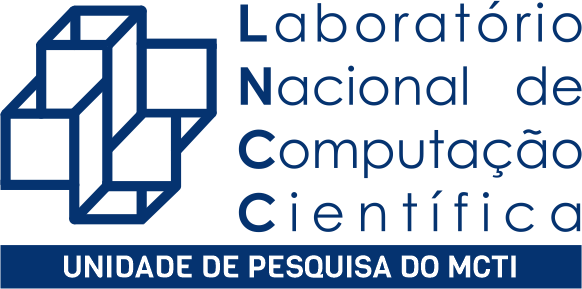EVENTO
Computational Models For The Geometric And Functional Analysis Of Coronary Circulation
Tipo de evento: Seminário de Avaliação - Série A
Coronary heart disease is one of the leading causes of death worldwide. Although several risk factors are well known; many lesions cannot be explained by these factors alone.The hypothesis of arteries developing lesions due to its morphology, known as geometric risk factors and/or due to hemodynamic forces, has been raised more than thirty years ago.Although investigators have found connection between geometric/hemodynamic variables and lesions, there exists no quantifiable index that helps cardiologist to predict actual risks.Even when a severe lesion is present, recent studies have found that some patients can develop collateral circulation to provide sufficient blood flow to the myocardium, thus avoiding ischemia.In turn, vascular capability can only be assessed by invasive medical exams, for example Fractional Flow Reserve (FFR) and related indexes.Moreover, these studies are expensive, require highly trained cardiologists and involve some risk to the patient during intervention.In this context, the goals of the proposed thesis are (i) to fully characterize coronary arterial trees from a geometrical perspective, search for hereditary geometric features and correlations between morphology and disease;(ii) to construct hemodynamic models that allow the prediction of risk of ischemia due to stenosis using an estimation of FFR delivered by computational fluid dynamic models built on top of patient-specific medical images of coronary trees.In this seminary, the current state of the thesis will be presented. Specifically, as for goal (i), the geometric characterization of a patient sample consisting of siblings has been performed.This allowed us to develop several studies involving standard and non-traditional geometry-based indexes. Regarding hemodynamic simulations, i.e. goal (ii), different aspects of 3D (expensive and accurate) and1D (inexpensive and defective) CFD simulations for coronary blood flow will be discussed. Preliminary results highlighting the influence of image modality in the construction of 3D geometric models will be discussed.Finally, the next steps involving 3D, and also 1D blood flow analyses will be presented.
Data Início: 15/07/2016 Hora: 10:00 Data Fim: 15/07/2016 Hora: 12:00
Local: LNCC - Laboratório Nacional de Computação Ciêntifica - Sala 06 - Pós-Graduação
Aluno: Carlos Alberto Bulant - Universidad Nacional del Centro - UNICEN
Orientador: Pablo Javier Blanco - Laboratório Nacional de Computação Científica - LNCC
Participante Banca Examinadora: Abimael Fernando Dourado Loula - Laboratório Nacional de Computação Científica - LNCC Gilson Antônio Giraldi - Laboratório Nacional de Computação Científica - LNCC Pablo Javier Blanco - Laboratório Nacional de Computação Científica - LNCC


